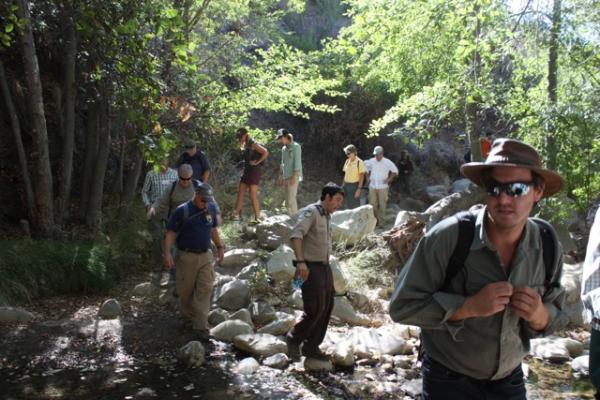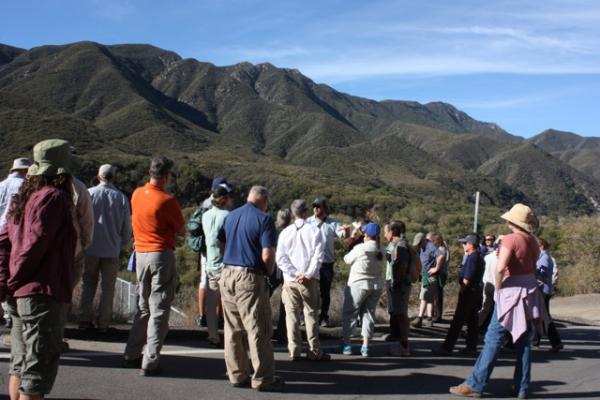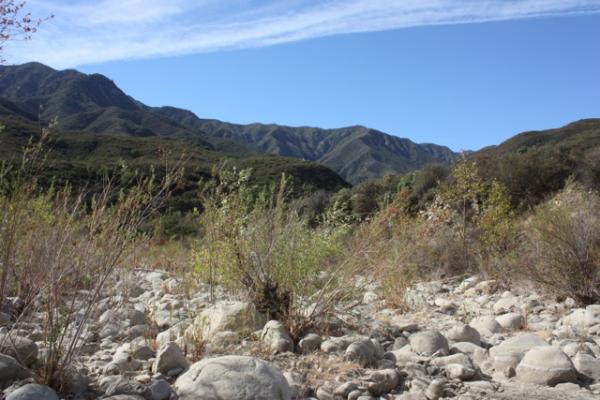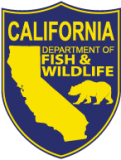
Inaugural Steelhead Summit
The Inaugural Steelhead Summit addressed Central and South Coast regional needs for technical education regarding the restoration and recovery of Steelhead and provided a venue to delve into complex issues of genetics, recovery strategies, and how to best utilize limited resources. Restorationists, planners, and fisheries biologists had an opportunity to tour newly constructed restoration projects focused on fish passage, bioengineering, restoring the natural hydrograph, and invasive plant removal.
Presentations and panel discussions addressed limiting factors for population recovery, including water quality and quantity, riparian dysfunction, excessive sediment yield, spawning and rearing requirements, and fish passage as well as coastal monitoring efforts and results.
Optional Water Conservation & Water Rights Efforts to Preserve Instream Flow for Steelhead, Thursday, October 23
Matt Clifford, Staff Attorney for Trout Unlimited’s California Water Project, and Tom Hicks, Water Law Attorney Most landowners know that when it comes to water rights, it is “use it, or lose it.” This historic perspective has had the effect of maximizing water diversions from streams and rivers to preserve rights at the expense of instream conservation values. This training focused on ways to develop, fund, permit, and implement projects that increase instream flow by working with landowners to change water conservation and management practices. The training included an overview of California water rights and the legal framework related to buying, leasing, or donation of water rights, including instream transfers for fish and wildlife purposes. There was an emphasis on practical permitting issues encountered in instream flow work, as well as a discussion of the science necessary to develop and permit streamflow projects. Using case studies of successful projects in coastal California watersheds, the training examined a wide range of different project types, including rainwater harvesting, wet season storage using ponds and tanks, conjunctive use of groundwater, alternatives for frost protection, and improving irrigation efficiency. The training concluded with a site visit to one or more actual or potential project sites within the watershed.







